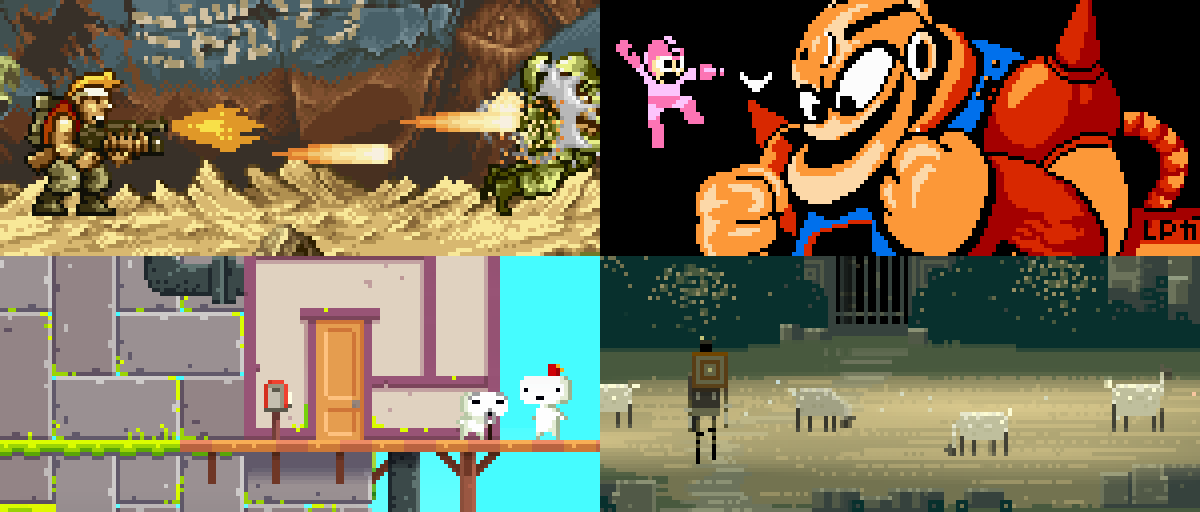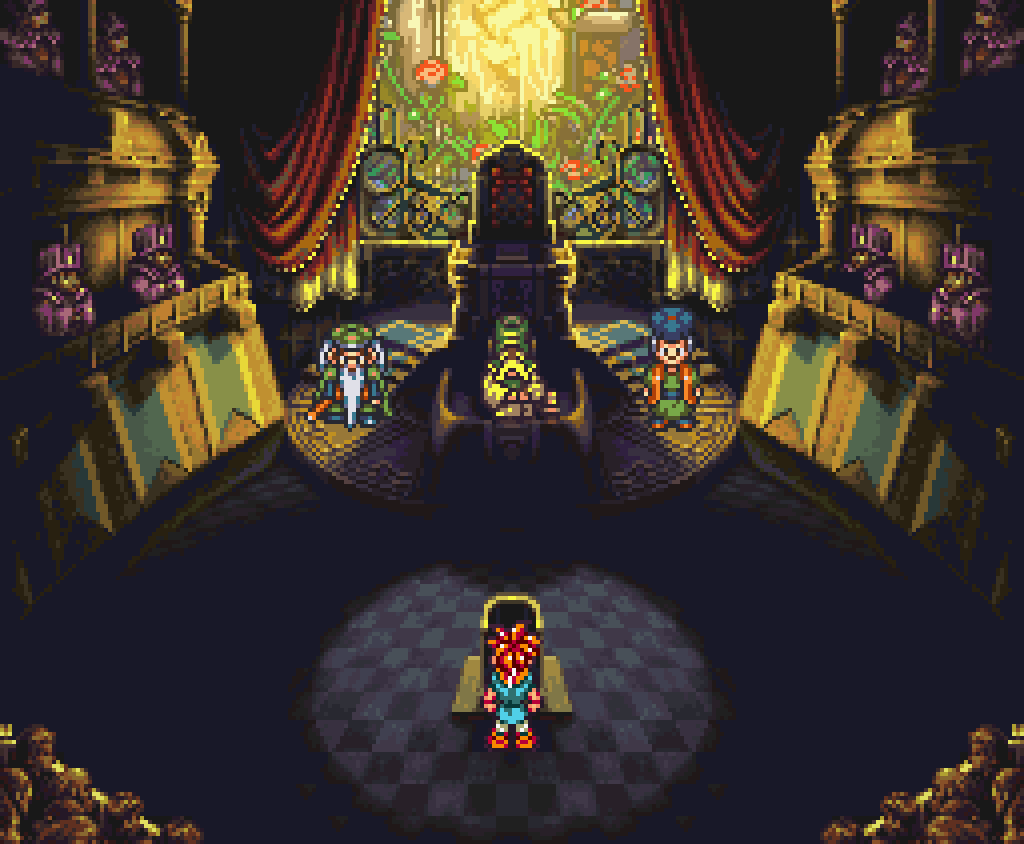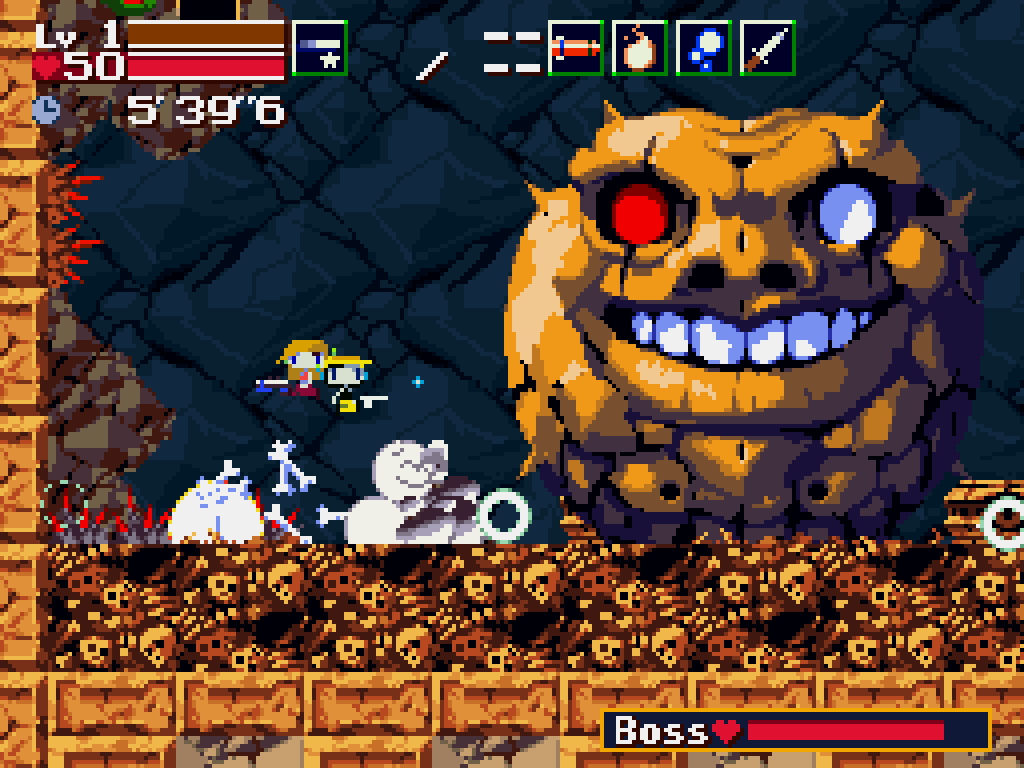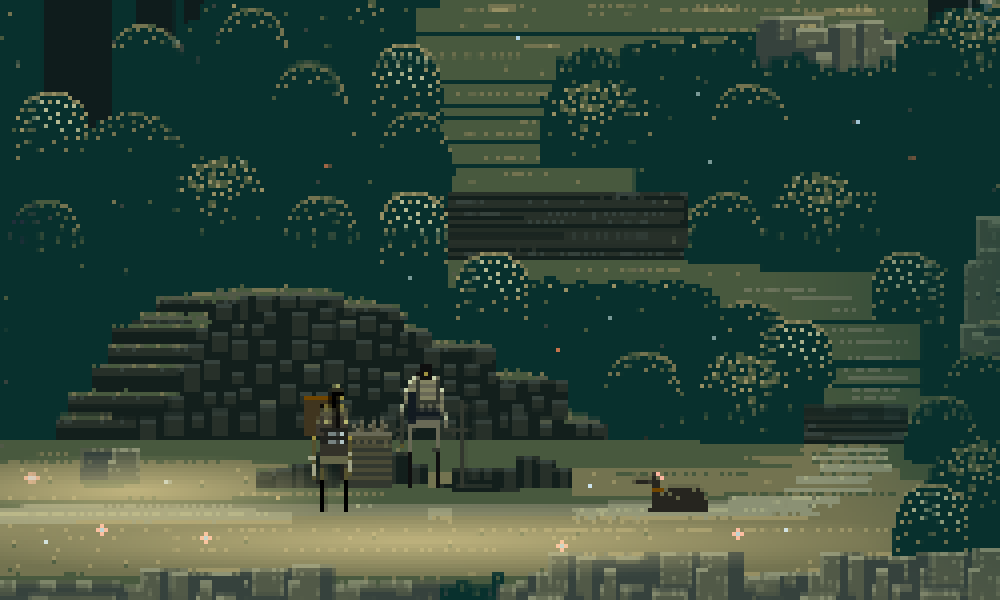The Best Pixel Art of All Time
Pixel art isn’t just a nostalgic throwback, it’s a legitimate artistic style that has shaped gaming from its early days to the modern indie revolution. While some games relied on pixels out of necessity, others turned it into an art form, making each frame burst with life, emotion, and sheer creativity.
I’ve loved pixel art ever since I put my first quarter into the Donkey Kong arcade machine. In this chronological journey, I’ll guide you through what I believe are the ten most important games in the evolution of pixel art.
1. Contra (1987) – Bigger is Better
I know this is the “heart” of Red Falcon, but 10-year-old me and my friends thought it was another piece of anatomy altogether…
Long before Call of Duty and Doom, there was Contra. This game made you feel like an 80s action movie hero, even if you were just a tiny cluster of pixels running through the jungle. The pixel art was bold and detailed, with fluid animations that made shooting, jumping, and dodging enemy fire feel exhilarating.
And let’s not forget the bosses: massive, screen-filling monstrosities that pushed the NES hardware to its limits. Whether you were blasting alien monstrosities or barely surviving the lethal, vertical scroll of the infamous waterfall level, Contra proved that pixel art could be just as intense as any Hollywood blockbuster.
2. Mega Man 2 (1988) – The Blueprint for 8-Bit Perfection
While this article is about the visual elements of pixel art, it should be stated that Mega Man 2 had some of the best music of any NES game.
If you grew up in the NES era, Mega Man 2 was the game that tested your reflexes, patience, and ability to not throw your controller across the room. But beyond its legendary difficulty, Mega Man 2 stands as one of the most visually polished and iconic examples of 8-bit pixel art.
Capcom’s team took the simple NES color palette and squeezed every ounce of detail out of it. Each Robot Master’s stage has a distinct look and feel: Flash Man’s neon-lit labyrinth, Wood Man’s digital forests, and Quick Man’s seizure-inducing laser gauntlet all showcase how pixel art can create varied and immersive worlds with limited resources.
And let’s not forget Mega Man himself! The tiny blue hero’s sprite is one of the most instantly recognizable in gaming history, with crisp, expressive animations that make every jump, shot, and even death (RIP to all those lives lost in Heat Man’s disappearing block section) feel smooth and satisfying.
3. The Legend of Zelda: A Link to the Past (1991) – Pixel Art That Defined a Genre
One of the most gratifying moments of the 16-bit era…
This game didn’t just perfect the top-down adventure formula, it set the gold standard for how pixel art could create an immersive, detailed world. Every dungeon, village, and hidden cave was carefully crafted with intricate tile work, dynamic weather effects, and expressive character sprites.
Even today, A Link to the Past remains one of the most beautiful and readable pixel-art games ever made. Every sprite serves a purpose, every color is chosen with precision, and the way the game subtly guides players with its visual language is pure design genius.
4. Street Fighter II (1992) – The Birth of Stylized Realism
Arcade screens never looked better than when Street Fighter II was in full motion. This game’s pixel art didn’t just define fighting games; it set the standard for expressive character design, smooth animations, and over-the-top special effects.
From Ryu’s iconic Hadouken to Chun-Li’s lightning-fast kicks, every attack had a satisfying snap to it, thanks to masterfully crafted sprite work. The backgrounds were also packed with detail. Who could forget the cheering crowd in Guile’s stage or the trumpeting elephants in Dhalsim’s temple? Street Fighter II wasn’t just a game; it was a spectacle.
5. Chrono Trigger (1995) – The RPG That Aged Like Fine Wine
People rave about the late Akira Toriyama’s work on Dragon Ball Z (and for good reason) but I think the pixel art he did for this game is his finest work.
People still lose their minds when talking about Chrono Trigger, and for good reason. It’s as close to a perfect RPG as you can get. And part of that magic comes from its absolutely stunning pixel art. Akira Toriyama’s character designs translated flawlessly into sprite form, and the game’s vibrant world, fluid battle animations, and charming expressions made every moment unforgettable.
Even the battle transitions were groundbreaking! Gone were the jarring shifts to a separate screen. No, you fought right there, in the overworld, with gorgeously animated attacks that made every encounter feel like a true adventure. If you ever doubt the power of pixel art, just take one look at the way Frog unsheathes his sword and tell me it doesn’t make you feel something.
6. Metal Slug (1996) – Hand-Drawn Chaos and Explosions
You haven’t truly lived until you’ve seen a Metal Slug explosion. SNK’s legendary run-and-gun shooter doesn’t just have good pixel art, it has some of the most detailed, over-the-top, and downright excessive animation. Every tank, enemy, and hapless soldier is meticulously drawn, and the smooth, exaggerated animations make the chaos feel like a beautifully orchestrated action movie.
Reviewers at the time called it “the best-looking 2D game ever made,” and honestly? They weren’t wrong. From the way your character pants after a sprint to the absurdly over-animated knife stabs, Metal Slug treats every pixel like a golden opportunity to impress.
7. Castlevania: Symphony of the Night (1997) – Gothic Drip Pixel Art Perfection
If Dracula’s castle had a real estate listing, it would read: “Stunning gothic mansion, 1,000+ rooms, blood-red moon views, fully furnished with extravagant chandeliers, occasional ghost problems.” And thanks to Symphony of the Night’s jaw-dropping pixel art, every inch of that castle oozes style and atmosphere.
From Alucard’s silky-smooth animations to the grotesque monster designs, every frame of this game is peak gothic fantasy. The pixel art here doesn’t just serve the gameplay, it makes you feel like you’re exploring a dark, cursed masterpiece. Also, let’s not forget how absurdly stylish Alucard looks at all times. If pixel art had a fashion week, he’d be the headliner.
8. Cave Story (2004) – The Turning Point for Pixel Art
The original NES hardware could never handle this guy.
Up until the early 2000s, pixel art in video games was largely a necessity. The early titles on this list—games from the 80s and 90s—used pixel graphics because there was no other option. Hardware limitations dictated how characters, environments, and animations could be created, and developers squeezed every last bit of detail out of their tiny sprite palettes. But by the mid-2000s, 3D graphics had fully taken over, and pixel art was no longer needed; it was a choice.
That’s where Cave Story comes in. Created by a single developer, Daisuke "Pixel" Amaya, this indie masterpiece didn’t rely on pixel art because it had to. It used it because pixel art could still tell a rich, emotional, and visually captivating story. The game's sharp, expressive sprites gave its characters a charm that 3D models couldn’t replicate, while the environments, full of ancient ruins, glowing caverns, and mysterious laboratories, felt alive in a way that only great pixel art can achieve.
Cave Story was more than just a great game, it was a signal that pixel art wasn’t going anywhere. From this point forward, pixel art was no longer a technical limitation—it was an artistic decision. Every game that follows on this list, from stylish fighting games to deeply emotional RPGs, used pixel art intentionally, proving that even in the HD era, sprites could still deliver powerful experiences.
9. Superbrothers: Sword & Sworcery EP (2011) – A Pixel Art Fever Dream
Some pixel art games aim for realism. Others, like Sword & Sworcery, take a more abstract, painterly approach. This game feels like wandering through a dream; its surreal landscapes, haunting colors, and atmospheric lighting make it one of the most visually unique pixel games out there.
It’s minimalist, yet deeply evocative, proving that sometimes a few carefully placed pixels can create something just as immersive as the most detailed 3D world. Plus, the game’s eerie, chiptune-infused soundtrack only enhances its trippy, otherworldly vibe.
10. Fez (2012) – When Pixel Art Goes Full 3D
On the surface, Fez looks like a charming, traditional pixel-art platformer. Then you rotate the world, and suddenly, everything you thought you knew about 2D space is shattered.
WHOOOOOOOOOAAAAAAAAA!!!
Fez uses pixel art in a mind-bending way, turning a seemingly flat world into a shifting, multi-dimensional puzzle. It’s like taking a classic SNES game and giving it an extra layer of magic. Every rotation reveals new details, proving that pixel art isn’t just about nostalgia: it can be a playground for new ideas.
BONUS ROUND! Hyper Light Drifter (2016) – Neon Dreams and Heartfelt Silence
Okay I know I said only ten, but I just couldn’t leave out this one. If Hyper Light Drifter were a person, it would be that cool, mysterious friend who only speaks in cryptic poetry but somehow makes it sound profound. This game takes a cyber-dreamlike world, drenches it in neon, and lets you explore its haunting beauty without a single spoken word. The pixel art is sharp, evocative, and paired with some of the most mesmerizing lighting effects in an indie game.
Every screen feels like a painting, and every enemy encounter plays out like a tragic ballet. It’s pixel art with modern elegance, proving that even in the high-definition era, sometimes all you need are tiny squares arranged just right.
The Future of Pixel Art
Pixel art isn’t just a relic of the past. It’s an enduring art form that remains widely popular across multiple mediums long after its technical necessity faded. Its influence spans far beyond gaming, with its distinct style being used in illustration, animation, advertising, and branding.
The magic of pixel art is that it taps into a deep sense of nostalgia for so many people, especially those who grew up playing video games in the 80s and 90s. The simplicity and charm of pixelated graphics evoke memories of classic arcade games, 8-bit and 16-bit consoles, and the golden era of gaming. This connection to the past gives pixel art a unique emotional resonance, making it a powerful tool for creating instant familiarity and warmth.
Now, if you’ll excuse me, I need to go replay Chrono Trigger for the hundredth time.












